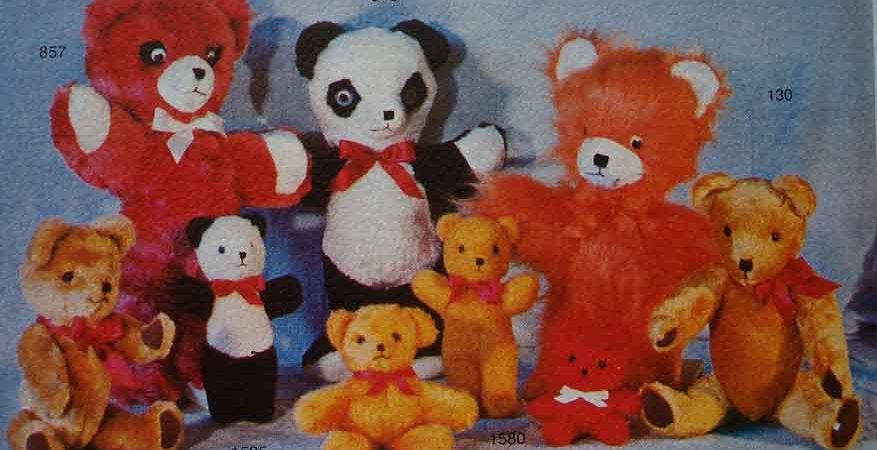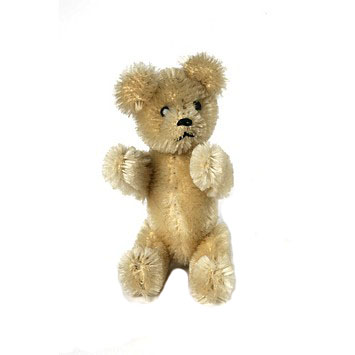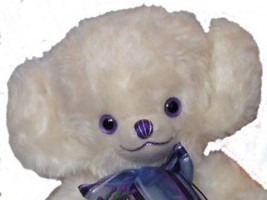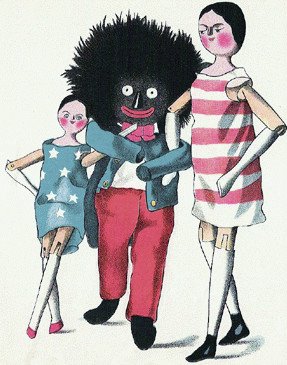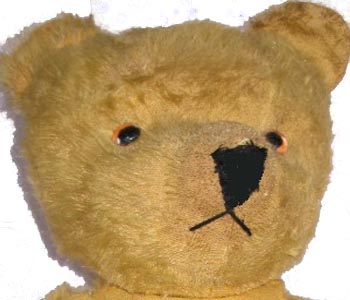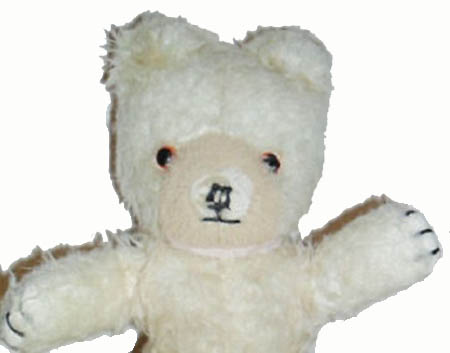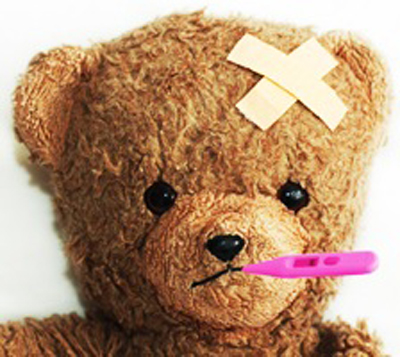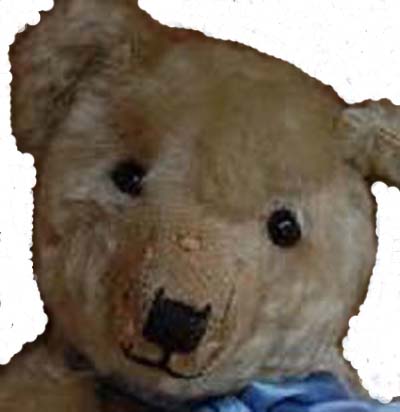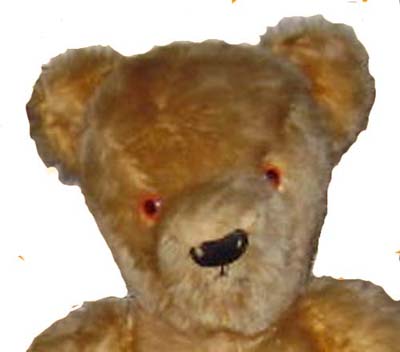
How Old Is My Jakas Teddy Bear?
The Jakas company began producing teddy bears in the late 1950s, in Melbourne.
1950s-The earliest teddies were distinctively different to those made from the 1960s on-wards. Fully jointed, and with brown glass eyes, they were made from a wool/synthetic fabric, with woven fabric for the pads (possibly being reversed pieces of the body material). The label was machine-stitched on beige fabric, reading JAKAS TOYS/ WASH IN LUX. Continue Reading…

